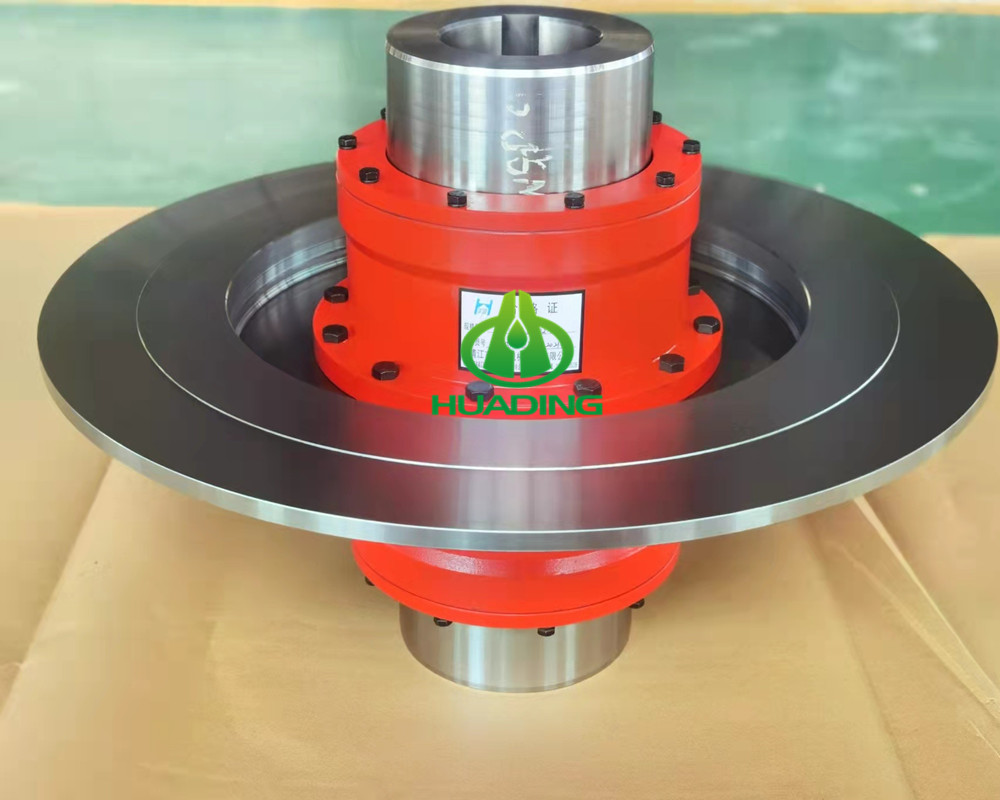What are the General Failures of Drum Gear Couplings?
Introduction
Drum gear couplings are widely used in various industrial applications to connect two shafts and transmit torque. These couplings consist of two flanged hubs connected by a cylindrical drum with internal gear teeth. While drum gear couplings are known for their high torque capacity and ability to accommodate misalignment, like any mechanical component, they are subject to certain failures and issues. In this article, we will explore the general failures of drum gear couplings and provide insights into their causes and possible solutions.
1. Misalignment Issues
1.1 Angular Misalignment
Angular misalignment occurs when the axes of the connected shafts are not in perfect alignment. This can lead to excessive loads on the coupling and result in premature wear of the gear teeth. Common causes of angular misalignment include improper installation, foundation settlement, and thermal expansion.
To mitigate angular misalignment, it is crucial to ensure proper alignment during the installation process. Regular inspections and maintenance can help identify and rectify misalignment issues before they cause significant damage to the coupling.
1.2 Parallel Misalignment
Parallel misalignment occurs when the connected shafts are not perfectly parallel. This type of misalignment can cause axial loads on the coupling, leading to increased stress on the gear teeth and potential failure. Uneven settling of the foundation, manufacturing tolerances, or improper alignment during installation can contribute to parallel misalignment.
To address parallel misalignment, careful measurement and alignment procedures should be followed during the coupling installation. Regular monitoring of the alignment and adjustment, if necessary, can help prevent premature failures.
2. Wear and Fatigue
Over time, drum gear couplings are subjected to repeated cycles of torque transmission, which can result in wear and fatigue. The gear teeth are particularly susceptible to these issues, as they experience significant contact and loading during operation.
2.1 Tooth Wear
Continuous engagement and disengagement of the gear teeth can lead to wear over time. This wear may manifest as pitting, scoring, or tooth surface degradation. Factors that contribute to tooth wear include improper lubrication, contamination, and excessive torque loads.
To minimize tooth wear, proper lubrication with high-quality lubricants is essential. Regular inspection and maintenance should be performed to detect any signs of wear and take appropriate corrective actions.
2.2 Fatigue Failure
Under cyclic loading, fatigue failure can occur in drum gear couplings. This failure typically starts as small cracks on the surface of the gear teeth, which gradually propagate and eventually lead to catastrophic failure. Factors such as high torque loads, inadequate design, or manufacturing defects can accelerate fatigue failure.
To mitigate fatigue failure, it is crucial to ensure that the coupling is designed and manufactured to withstand the anticipated loads. Regular inspections, including non-destructive testing methods, can help identify early signs of fatigue and prevent unexpected failures.
3. Lubrication and Contamination
Proper lubrication is vital for the smooth operation and longevity of drum gear couplings. Inadequate lubrication or contamination can significantly affect their performance and lead to failures.
3.1 Insufficient Lubrication
Insufficient lubrication can result in increased friction, overheating, and accelerated wear of the gear teeth. This can be caused by inadequate lubricant quantity, improper lubricant selection, or lack of regular lubrication maintenance.
To ensure sufficient lubrication, follow the manufacturer's recommendations regarding lubricant type, quantity, and maintenance intervals. Regular lubrication inspections and analysis can help identify any deficiencies and enable timely corrective measures.
3.2 Contamination
Contamination of the lubricant or the coupling itself can have detrimental effects on its performance. Contaminants such as dirt, debris, or moisture can lead to abrasive wear, corrosion, or even seizure of the coupling components.
To prevent contamination-related failures, it is essential to keep the coupling and its surroundings clean. Regular inspections, cleaning, and lubricant analysis can help maintain a contamination-free environment and enhance the longevity of the coupling.
4. Overload and Torque Spikes
Drum gear couplings are designed to withstand specific torque loads. However, unexpected overloads or torque spikes can exceed the coupling's capacity and cause failures.
4.1 Overload
Overloading the coupling can lead to excessive stress on the gear teeth, resulting in deformation, wear, or tooth breakage. Overloads can occur due to sudden changes in operating conditions, equipment malfunctions, or process disturbances.
To prevent overload failures, it is crucial to ensure that the coupling is appropriately sized for the anticipated torque loads. Regular monitoring of operating conditions and implementing appropriate safety measures can help prevent overloads and protect the coupling from damage.
4.2 Torque Spikes
Torque spikes are abrupt and transient increases in torque that can occur during the operation of rotating machinery. These spikes can be caused by various factors, including motor starting, sudden load changes, or system resonances. Torque spikes can impose excessive stress on the coupling, leading to tooth breakage or other forms of failure.
To mitigate torque spike-related failures, coupling designs that incorporate shock-absorbing elements or dampers can be employed. Additionally, implementing control strategies to minimize sudden load changes or resonant conditions can help protect the coupling from torque spikes.
Conclusion
Drum gear couplings are reliable mechanical components used for torque transmission in various industrial applications. However, they are susceptible to failures if not properly maintained or operated beyond their design limits. By addressing misalignment issues, wear and fatigue, lubrication and contamination, as well as overload and torque spikes, it is possible to enhance the performance and longevity of drum gear couplings.


Comments
0